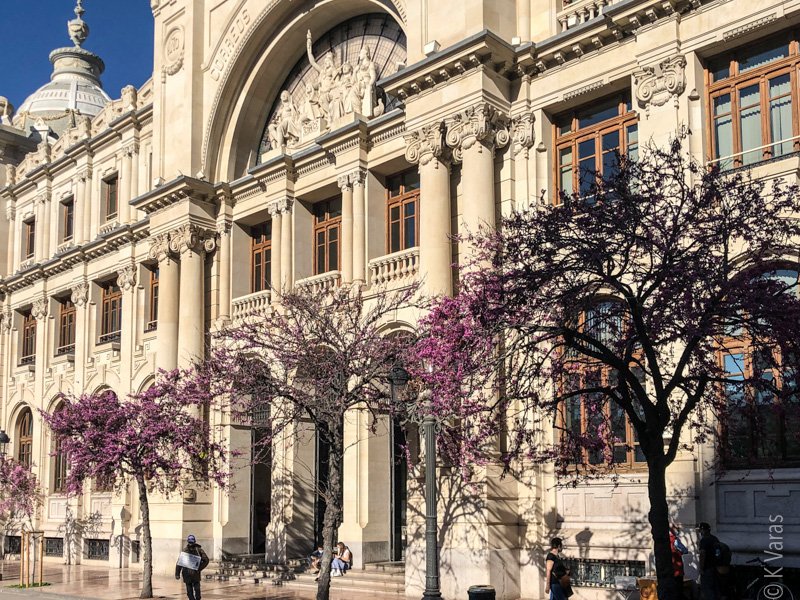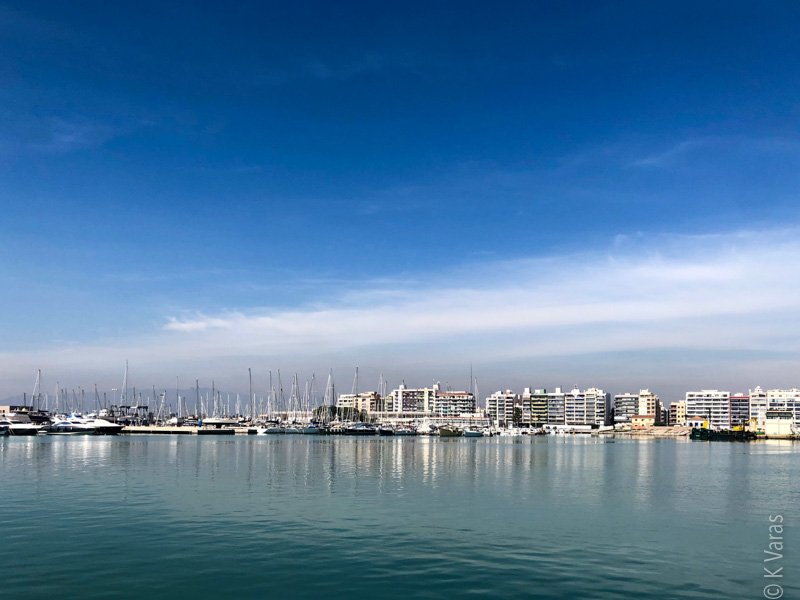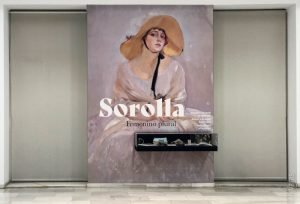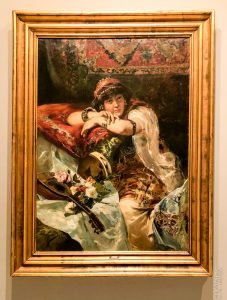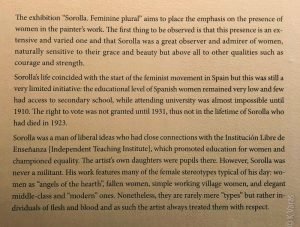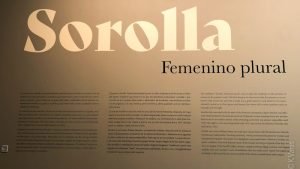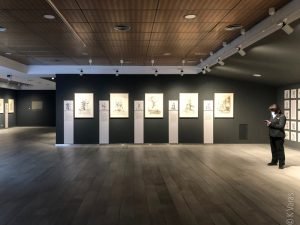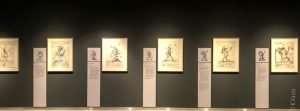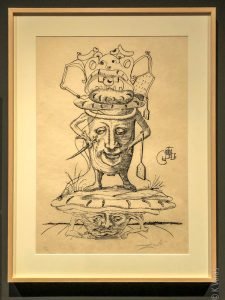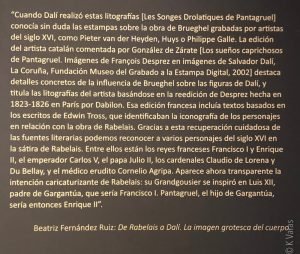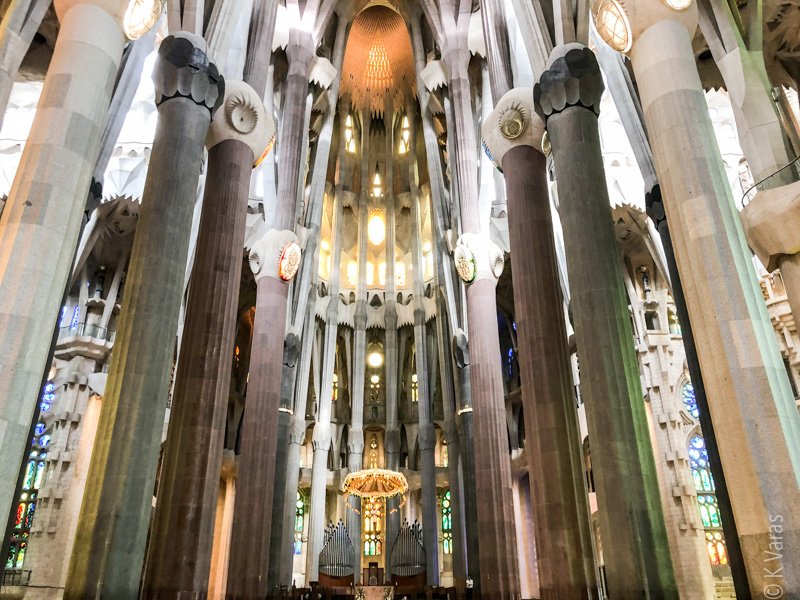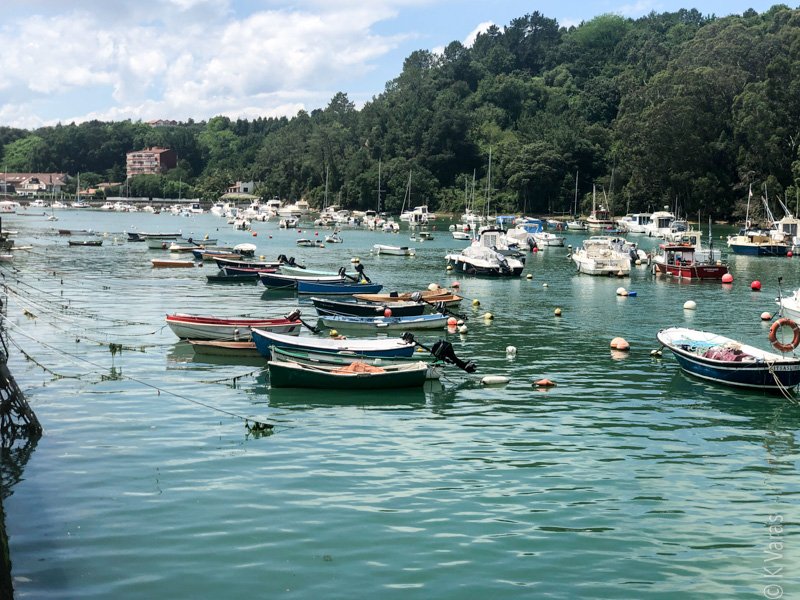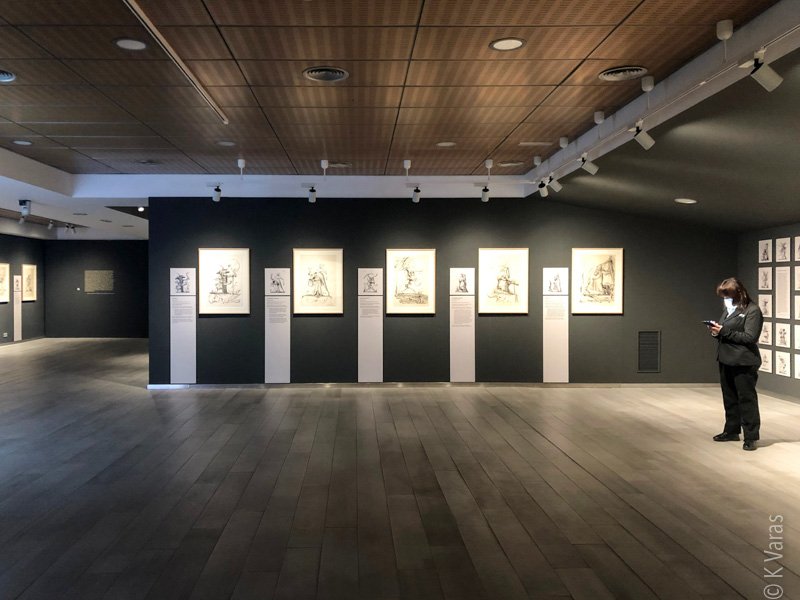
Dalí and Sorolla at the Fundació Bancaixa
The Fundació Bancaixa is an interesting space and I have written about it before; it is where Ewa and I came for our first concert way back in November. I was aware of the centre’s performance space but I had not had a chance to see its exposition space until now. Here I got to see two very different collections of art, one an example of Impressionism of the late XIX and early XX centuries, the other quite the opposite and principally Surrealist.
The famous Spanish painter Joaquín Sorolla is a big deal in València, they’ve even named one of the train stations after him, so having a new exposition of his works in his hometown is also a big deal. The name of the exposition is Femenino Plural and it
… aims to place the emphasis on the presence of women in the painter’s work. The first thing to be observed is that this presence is an extensive and varied one and that Sorolla was a great observer and admirer of women, naturally sensitive to their grace and beauty but above all to other qualities such as courage and strength.
Fundació Bancaixa
Unfortunately for you, however, I only managed to get one photo before being sternly chastised for doing so. Unlike the Dalí exposition, this one was not camera-friendly. I did enjoy Sorolla’s art, though much of it depicted women who seemed unhappy with their lot. On the other hand, there probably was a lot for these women to be unhappy about at the turn of the XX century, as the concept of feminism was at its nascent, especially in a macho country like Spain. It took women until 1931 to get the vote here and in his lifetime, most Spanish women still had little access to education and were definitely treated as second-class citizens. It’s interesting that his work features many of the female stereotypes of the day: “angels of the hearth”, fallen women, peasant women, and elegant ladies of the middle class and yet he still tried to make them seem real and not just clichés. I do like his paintings, and I have to admit I’m getting pretty good at spotting them in the various museums I visit. All this strolling through art isn’t going to waste, after all 😉.
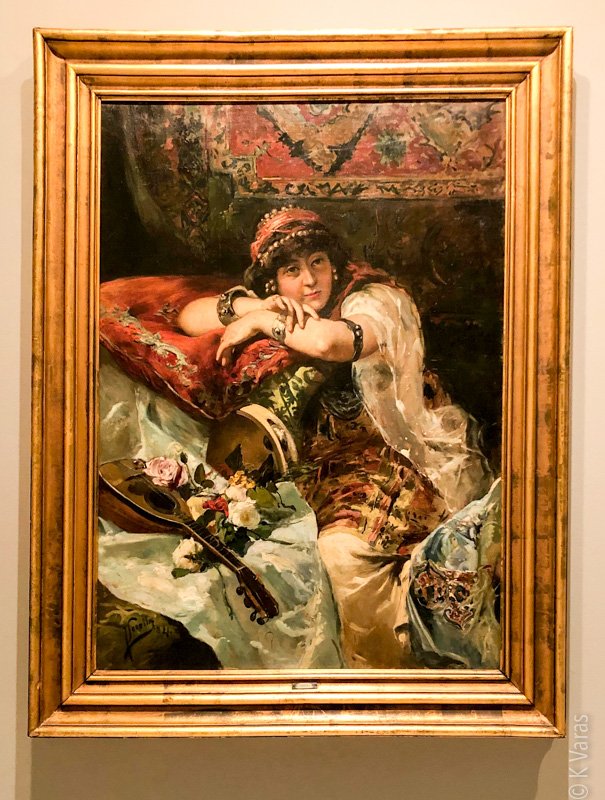
Walking into the Salvador Dalí exposition, on the other hand, was like stepping from the sublime to the ridiculous. I have seen various Dalí exhibits in my time, but I have never seen anything quite like this one. Dalí: Litografías de los Excesos Pantagruélicos is a collection of drawings, or, I should say lithographs, the eccentric artist made to illustrate François Rabelais’ famous most work, Gargantúa and Pantagruel, a book I’ve been wanting to read forever. I remember being fascinated by its title when I spotted it among my parents’ books. I never got around to reading it in Polish, but I have promised myself to enjoy it either in English or Spanish, whichever I manage to get my hands on first. I could read the Polish version but I’d have to wrestle it away from my parents, if it’s still in their possession, of course.

Knowing the general gist of the book did help me appreciate the satyrical and very Dalí-esque imagery, though I’ve heard from others unfamiliar with the tale that it totally went over their heads. Fair enough. Dalí is definitely not everyone’s cup of tea. I do find his art intriguing and always manage to find a lot in it that makes me smile. Sometimes I forget that he died in 1989, which really isn’t all that long ago (I was an adult already!) and his house in Figueres, north of Barcelona, is still an unticked box on my to-visit list.
